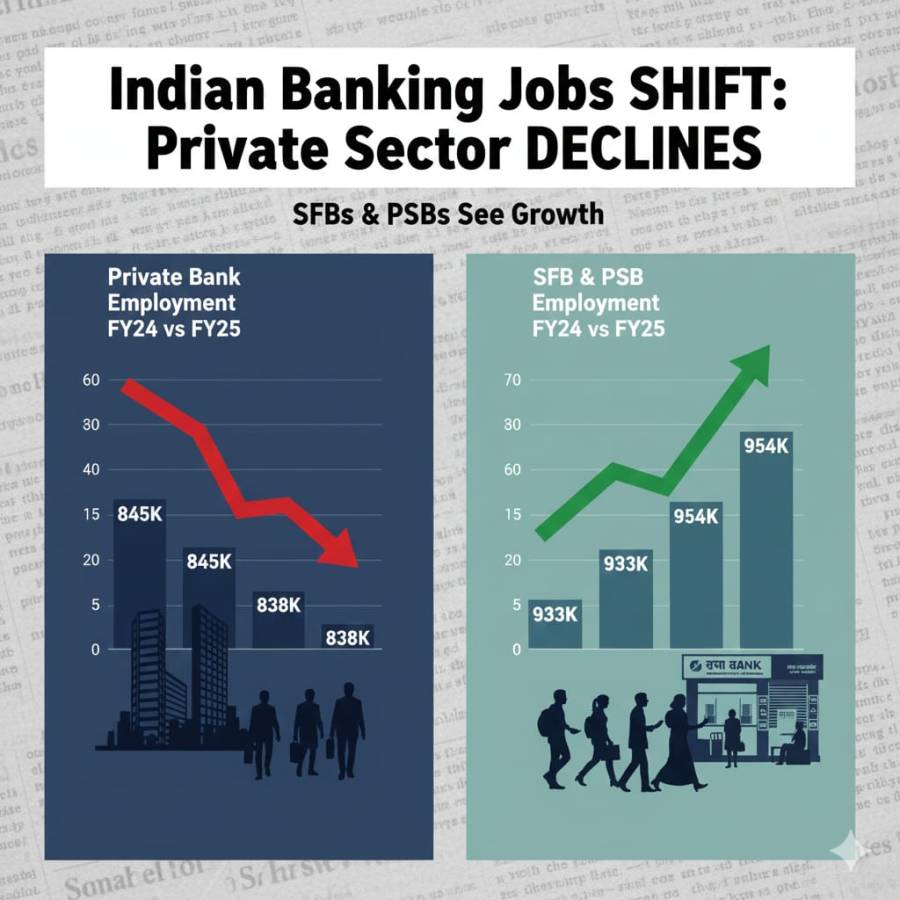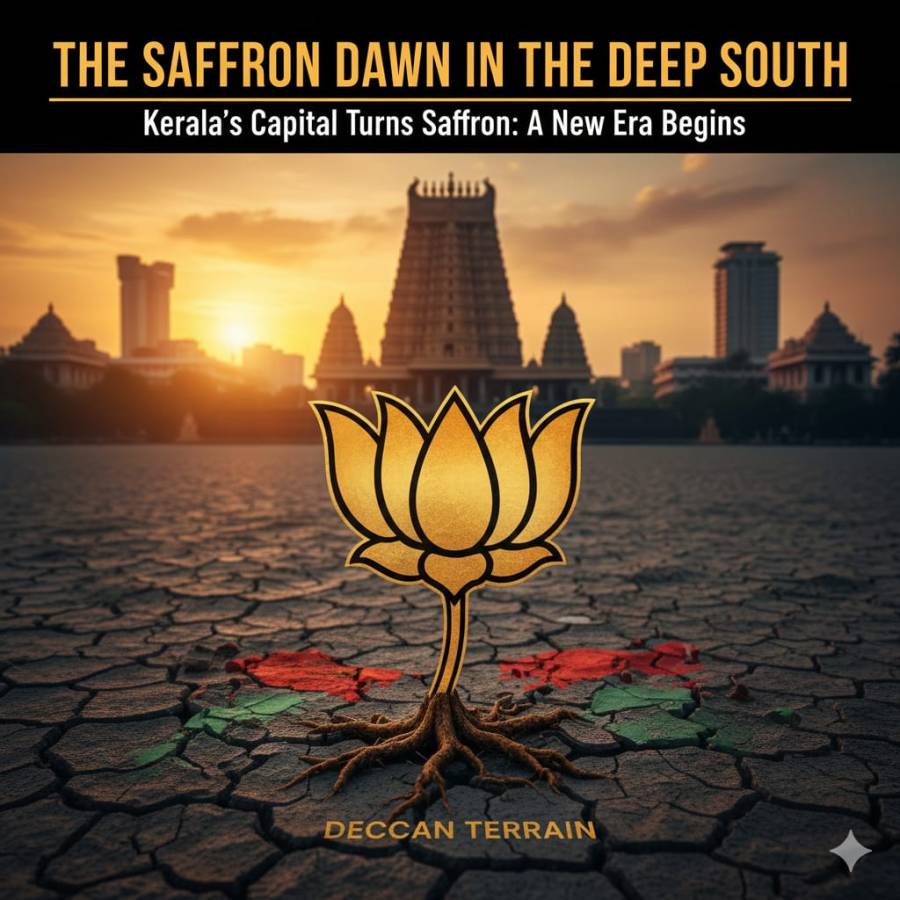
India’s fashion industry, one of the country’s oldest and most culturally rich sectors, is at a crossroads. On paper, it is a behemoth — a textiles and apparel market valued at approximately US$175 billion, contributing about 2 per cent to GDP and employing nearly 45 million people. It is also the sixth-largest exporter of textiles and apparel globally, accounting for around 4 per cent of world trade. Yet, when the numbers are broken down, India’s share in global apparel exports — the higher-value and brand-driven end of the chain is stuck below 3 per cent. In contrast, Bangladesh and Vietnam, with far smaller economies, have overtaken India in global apparel rankings.
The reasons are structural, and the solutions are within reach. But the clock is ticking.
Cotton Comfort, Synthetic Weakness
India’s strengths are rooted in cotton ranging from handloom saris to large-scale denim production. Cotton-based categories and home textiles have long been our mainstay in both domestic and export markets. The problem is that global demand has shifted. Man-made fibres (MMF) and blends now dominate much of the world’s fashion consumption, from athleisure to technical outerwear. Here, India lags behind.
The government’s Production-Linked Incentive (PLI) scheme for textiles, with an outlay of ₹10,683 crore, explicitly targets MMF garments and technical textiles. The goal is to rebalance the fibre mix, attract investment, and improve value realisation per unit exported. The first incentive disbursals began late last year, and the application window has been reopened to draw more proposals. However, without parallel investment in design capability, machinery, and trained labour for MMF production, PLI could end up incentivising capacity without necessarily delivering competitiveness.
Fragmentation vs. Scale
India’s apparel manufacturing base remains highly fragmented, dominated by small and medium units. This structure has cultural and historical roots, but it comes at a cost: difficulty in meeting large-volume, quick-turnaround orders for global brands.
Bangladesh and Vietnam, in contrast, have built large export-oriented clusters with streamlined compliance processes. Buyers chasing “fast fashion” cycles know they can rely on these hubs to deliver in 45 days or less from design to shipment. India, despite having far greater domestic capacity overall, struggles to match that speed.
The government’s PM MITRA Parks initiative, with seven mega parks planned across Tamil Nadu, Telangana, Gujarat, Karnataka, Madhya Pradesh, Uttar Pradesh, and Maharashtra, aims to address precisely this — offering integrated infrastructure, plug-and-play factory space, and single-window clearances. If executed to global standards, these parks could replicate the cluster effect seen in China, but speed of implementation will be key.
Trade Architecture Matters
In global apparel, trade agreements are not a “nice to have” — they are decisive. Bangladesh enjoys duty-free access to the European Union under the Everything But Arms scheme; Vietnam’s free trade agreements with both the EU and key Asian economies have slashed tariffs and improved sourcing attractiveness.
India’s apparel exporters often face higher duties into the same markets, eroding price competitiveness. Ongoing negotiations for free trade agreements with the EU, UK, and Canada could help level the field, but the industry has learnt to be cautious — delays and compromises can dilute the benefits. The recent U.S. decision to impose 50 per cent tariff on Indian textile imports has underscored how exposed the sector is to sudden policy shifts in key markets.
The Domestic Engine
While exports stall, the domestic market is expanding steadily. Estimates place India’s apparel market size between US$106 billion and US$116 billion in 2023–24, with growth projections ranging from 4 to 12 per cent annually over the next decade. Organised retail, premiumisation, and e-commerce penetration are driving this expansion.
Value fashion is particularly dynamic. Tata’s Trent, through its Zudio brand, has accelerated expansion into tier-2 and tier-3 towns, offering affordable styles with rapid refresh cycles. In premium fast fashion, Zara India reported flat revenue in FY25 at ₹2,782 crore but a 23 per cent jump in net profit — a sign of the market maturing beyond top-line growth at any cost.
E-commerce remains a growth driver: the 2024 festive season generated around US$14 billion in gross merchandise value, with fashion a leading category.
Compliance as Capability
Global fashion brands are under increasing pressure to demonstrate environmental, social, and governance (ESG) compliance across their supply chains. For Indian exporters, this is a double-edged sword. On one hand, it raises the bar for entry; on the other, it creates an opportunity to differentiate.
Investments in traceability systems, wastewater recycling, and renewable energy adoption can enhance credibility with high-value buyers. Unfortunately, compliance is still seen by many small exporters as a cost rather than an investment, partly because of the lack of industry-wide support systems. A national ESG toolkit for the sector, subsidised for MSMEs, could help transform compliance into a competitive asset.
The Financial Squeeze
Working capital is a perennial challenge. Apparel exporters, especially MSMEs, face high financing costs and delayed payments from international buyers. Even when schemes like Rebate of State and Central Taxes and Levies (RoSCTL) or duty drawback exist, refund delays can choke liquidity.
Scaling up export credit insurance, introducing faster invoice discounting mechanisms, and ensuring timely disbursal of rebates could significantly reduce the cost burden and risk for smaller players enabling them to bid for larger orders.
A Global Slowdown, A Local Opportunity
Global fashion spending has cooled. The luxury segment, valued at about €1.5 trillion in 2024, grew by just 4 per cent in value terms, with many consumers redirecting discretionary budgets towards travel and experiences. This slowdown could paradoxically benefit India — brands seeking cost efficiencies may diversify sourcing away from China towards competitive suppliers.
Yet, history suggests that without systemic reforms in speed, scale, and fibre diversification, India risks missing another window of opportunity.
Final Take
India’s fashion story is not just about clothes — it is about jobs, foreign exchange, and industrial upgrading. The cultural capital is unmatched, the domestic market is buoyant, and the policy tools are, at last, aligned with the industry’s needs. What remains is execution — not in five years, but now.
As one leading exporter told InsightfulTake, “We don’t lack talent or tradition. We lack time. In fashion, delay is the costliest fabric you can cut.”





















